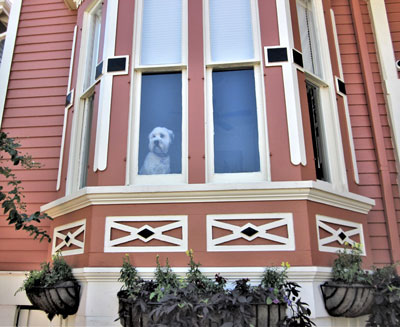Galveston’s East End Historic District—A mingling of heritage and horticulture
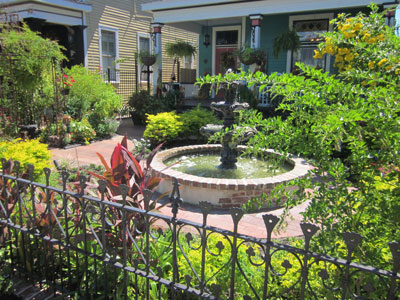
Galveston gardens thrive this time of year, and nowhere are the gardens showier or the houses more captivating than in the East End Historic District, a designated 50-city-block area known for its grand Victorian “painted ladies.”
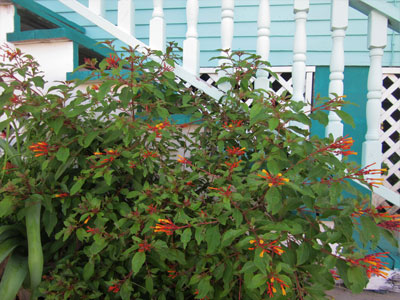
Built by skilled European immigrants for prosperous merchants and entrepreneurs during the port city’s “Gilded Age,” many of the homes boast ornate carvings, wide porches, towering pillars, and stained glass, not to mention elaborate color schemes that pair purple with green, blue with orange, and any number of other vibrant combinations.
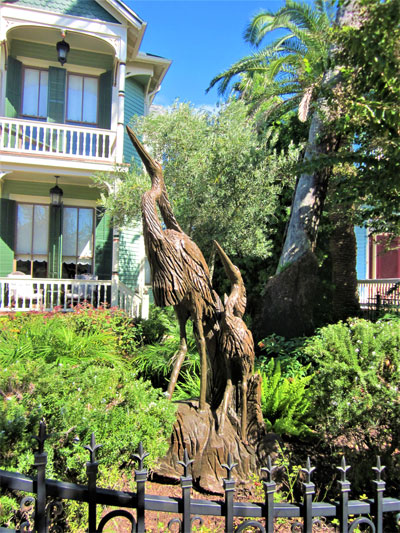
The gardens, too, showcase bold color. Crotons, hibiscus, yellow bells, Mexican petunias, periwinkles, bougainvilleas, coral bells, and sweet potato vines, among other colorful plants, spill across sidewalks, drip from window boxes, brighten streetside courtyards, and cozy up to historic wrought iron fences.
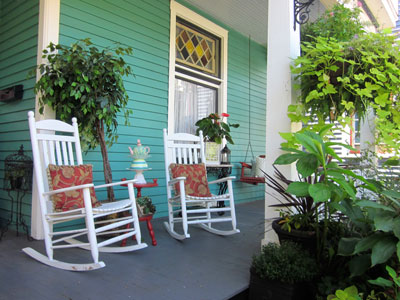
The garden themselves celebrate the islanders’ individuality. Quaint cottage gardens grow beside shabby chic retreats, and tropical poolscapes share the neighborhood with whimsical landscapes. As you would expect, many gardens carry beach themes: seashells, fish, pelicans, and other aquatic symbols are common.
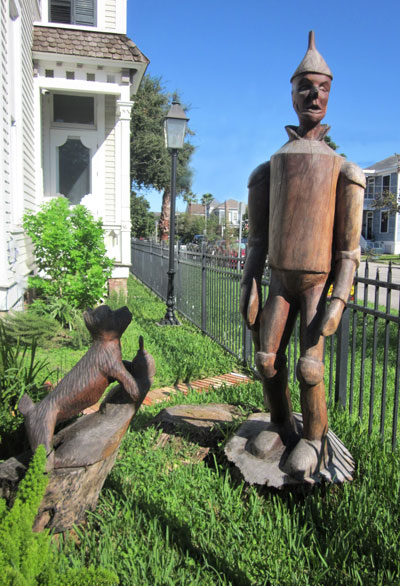
Tree sculptures carved from some of the majestic oak trees lost during Hurricane Ike (September 13, 2008) are common, as well. More than 20 such sculptures occupy East End Historic District gardens; others are scattered elsewhere on the island.
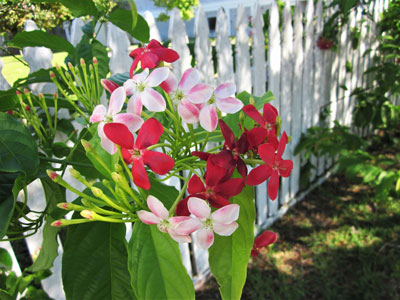
Look for the Great Dane sculpture on Sealy. It was carved to honor Hunter, the homeowners’ gentle grey giant. The dog’s paws grip the fence where the tree had grown around it. Figures replicating the Tin Man and Toto from The Wizard of Oz occupy a front garden on Winnie. They are a tribute to King Vidor, one of the directors of the beloved movie. He was born in the front downstairs bedroom of the house and undoubtedly played in the yard where the tree sculptures now stand. Other East End tree sculptures include a pod of dolphins, squirrel holding an acorn, mermaid, and wildlife totem pole.
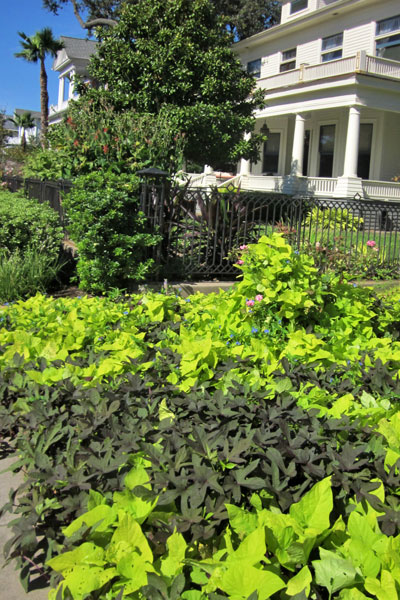
The East End Historic District is a National Historic Landmark. It occupies a spot on the National Register of Historic Places. To savor history along with the flowers, obtain the Walking Tour of the East End Historic District Homes brochure. It details more than 100 structures within the picturesque neighborhood (see below).
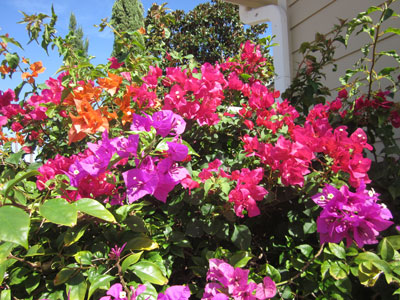
Each year, the East End Historical District Association celebrates the heritage and beauty of the District with a Fall Garden Tour held in October and a Christmas Tour of Homes (December 3, 2021), among other events. For more information, including online copies of the Tree Sculpture Tour map and the Walking Tour of the East End Historic District Homes, visit the East End Historical District Association website: www.eastendhistoricaldistrict.org.
